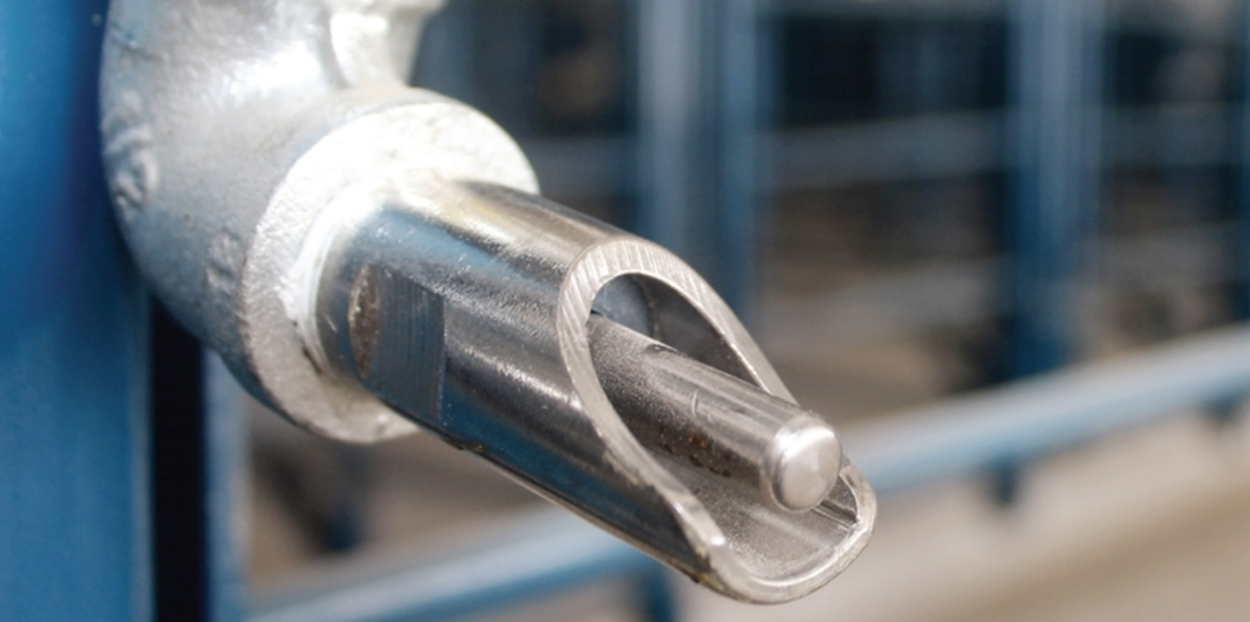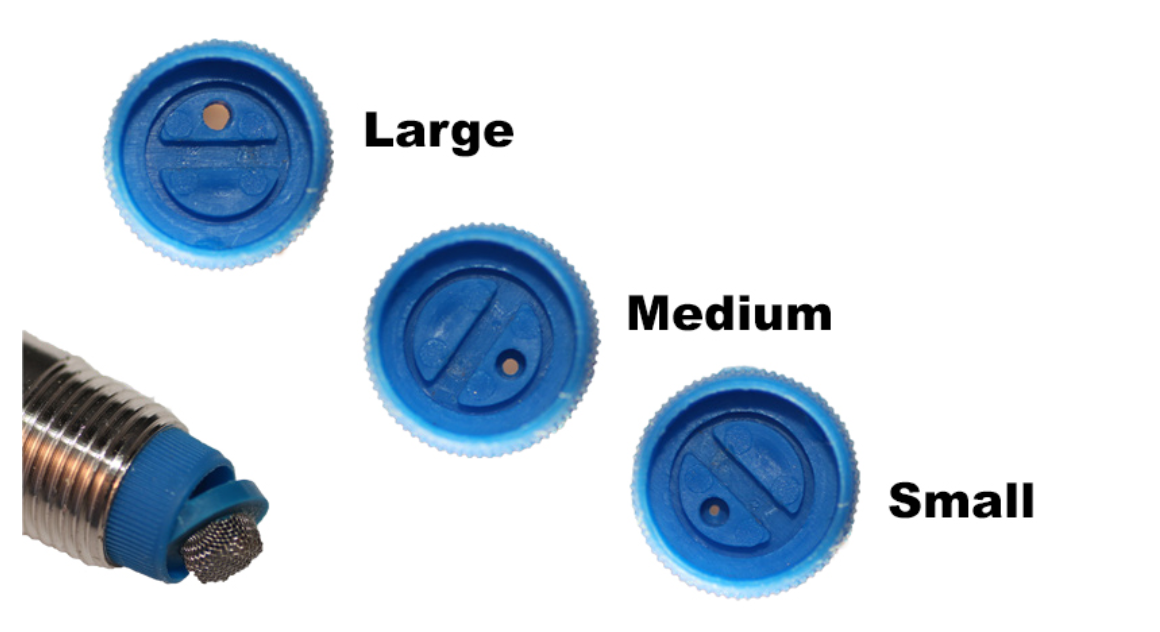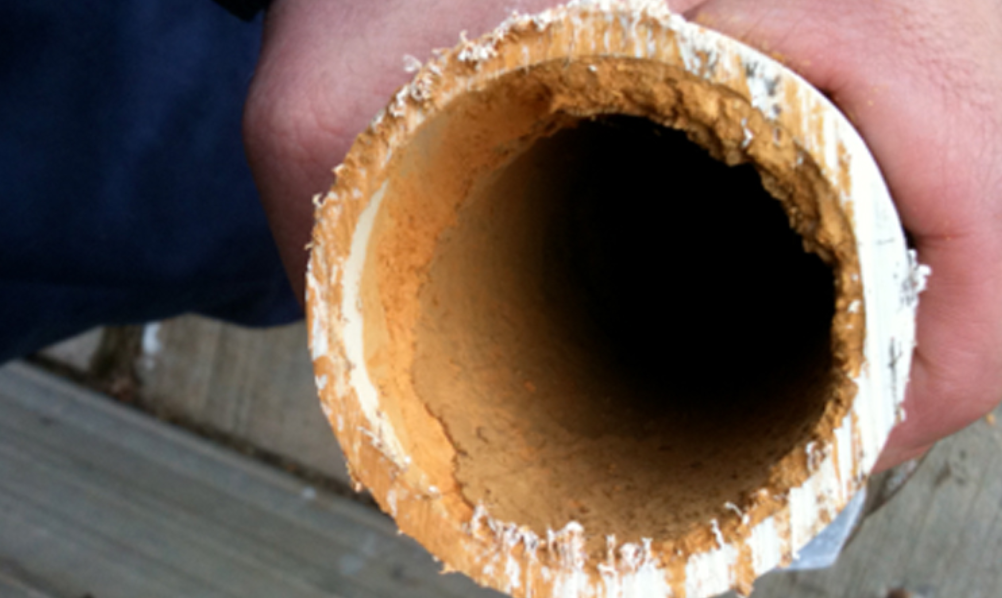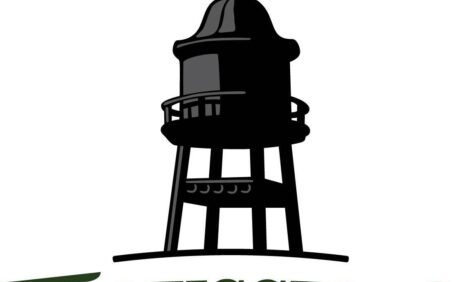



Are your pigs getting enough water?
Dial-in the nipple flow rate
Restricting a pig's water intake can dramatically affect performance. The target flow rate for a finishing pig is around one quart per minute. Most installations use the nipple's preset orifice and water pressure between 20 to 40 pounds per square inch. Operators raise or lower water pressure to regulate water flow without ever knowing the actual flow rate of the nipples.

To measure a nipple's flow rate, use a quart measure, hold the nipple open and determine the water flow for one minute. Adjust the water pressure and orifice size to achieve the desired flow rate. As a rule of thumb, do not adjust the water pressure below 10 psi or above 50 psi.
Think differently about consumption
Charts typically list pigs' water requirements by their daily consumption. But when the air temperature exceeds 80 degrees F, pigs tend to consume the bulk of their needs during the first three hours of the next several mornings.
A typical layout for a 1,000-head finisher would have 40 pens or 20 on each side. Each of the 20 pens would have two nipple drinkers, each with a flow rate of one quart per minute. If the pigs activate all the nipples at once, each supply line's total requirement becomes 10 gallons per minute (40 drinkers multiplied by 1 quart/min divided by 4 quarts/gallon). Anything less than a one-inch line will not supply peak water demand, causing some drinkers to have reduced water flow. Supplying the system from the middle instead of the end halves the flow rate, and then 3/4" lines would provide sufficient water flow.

Supply line size may not be the only limiting factor
Even with the supply line sized correctly, installation errors can limit water delivery. Water meters, regulators, filters, and pressure reducers are commonly available with 3/4" connectors. Reducing a 1" or 1 1/4" PVC line with adaptors down to 3/4" fittings changes their delivery to the same as a 3/4" line. Probably the most common water restriction occurs at the medicator plumbing. Most 11 gallons per minute models used in livestock production come with a 3/4" connection reducing the water volume. Using 3/4" hose bibs and 1/2" washing machine hoses reduces the flow rate even further.

Dirty lines decrease flow
It would be fair to assume most water lines have some degree of biological buildup inside. A 1/8" deposit in a 3/4" water line reduces its capacity by 30%. In other words, this restriction cuts flow from 5.5 gallons per minute to 3.85 gallons per minute. This reduction in flow complicates situations where water flow is already marginal. Regular water line sanitation and flushing help prevent buildup inside supply lines.
Managing water delivery to pigs is essential for peak performance during hot weather. Taking a critical look at all the components in their systems will enable producers to correct any shortcomings.







